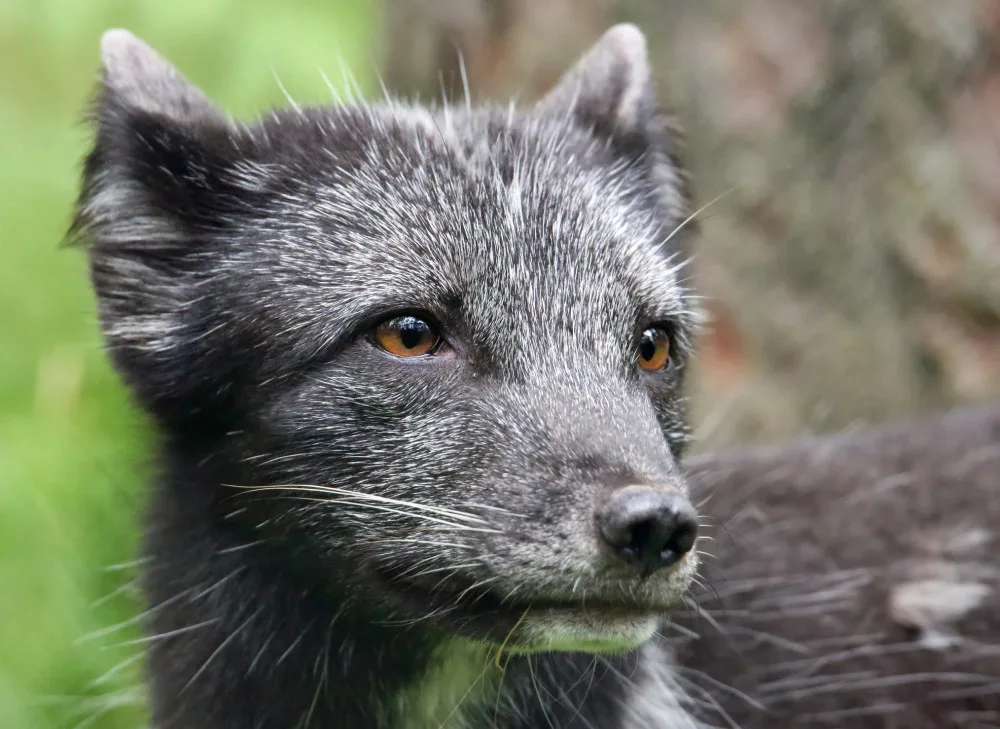
Arctic fox treks 3,500 km from Norway to Canada in 76 days
This is the first time an Arctic fox's passage has been tracked by satellite.
There must be an inspiring children's bedtime story in here somewhere: An Arctic fox has been tracked on a massive polar trek from the Norwegian Arctic all the way across to Canadian territory.
New research published by scientists with the Norwegian Polar Institute describes a remarkable journey by the young fox, which left from Norway's Svalbard Archipelago on March 26, 2018, and arrived at Ellesmere Island in Nunavut on June 10th that year, with a brief stop in Greenland along the way.
That's a 76-day odyssey, some 1,789 km as the crow flies, but a total distance of 3,506 km. On average, the intrepid fox covered 46.3 km (Four kilometres more than a standard marathon), but travelled 155 km in a single day at the maximum.
The route taken by the fox. Credit: Arnaud Tarroux / NINA
The crossing was so epic that, at first, the researchers couldn't actually imagine it was happening.
"We didn't think it was true. Could the fox have been found dead, the collar taken off and now aboard a boat? But no, there are no boats that go so far up in the ice. So we just had to keep up with what the fox did,” Norwegian Polar Institute researcher Eva Fuglei, the study's lead author, said in a release from the institute.
The researchers say the fox settled on Ellesmere Island, at least as far as they know: The tracker attached to the fox gave out in February this year.
The solitary fox has been a gold mine of understanding how the Arctic mammals behave and migrate. For one thing, it's the first documented crossing from Norway to Canada, and the 155 km maximum distance marked the fastest on record for the species.
The far-travelling fox is seen here being fitted with its tracker. Photo: Elise Strømseng
And as Arctic sea ice continues to decline due to human-caused climate change, it gives you a sense of what's at stake for the species that call the region home.
"The warming in the north is frighteningly fast. We must cut emissions quickly to prevent the sea ice from disappearing all summer," Ola Elvestuen, Norway's Minister of Climate and Environment, said in a release from the institute.
SUMMER ICE-FREE CANADIAN ARCTIC BY 2050
Canada is just as susceptible to sea ice loss as other polar nations. Earlier this year, an Environment Canada report said Canada as a whole was warming twice as fast as the global average, while the Arctic will be especially hard hit.
The agency says summer sea ice in the Canadian Arctic shrank by around seven per cent per decade between 1968 and 2015, and by the 2050s the region will be largely ice-free year round.
WATCH BELOW: CANADA'S PERMAFROST IS MELTING FAR FASTER THAN ANTICIPATED
Far from a desolate wasteland, the Arctic is home to a delicate ecosystem, with many major species' life cycles depending at least in part on the sea ice, whose loss would trigger severe knock-on effects.
WWF-Canada says sea ice loss is already leaving polar bears land-bound for longer periods, bringing them into extended contact with humans, to the detriment of both. Other species that rely on the ice for migration and transportation, such as walruses and caribou, are expected to struggle as well, while new species, such as killer whales, are expected to migrate northward, potentially disrupting food webs.
The Norwegian Polar Institute's study was published in the journal Polar Research last month.
Thumbnail image: Arctic blue fox/Getty Images






